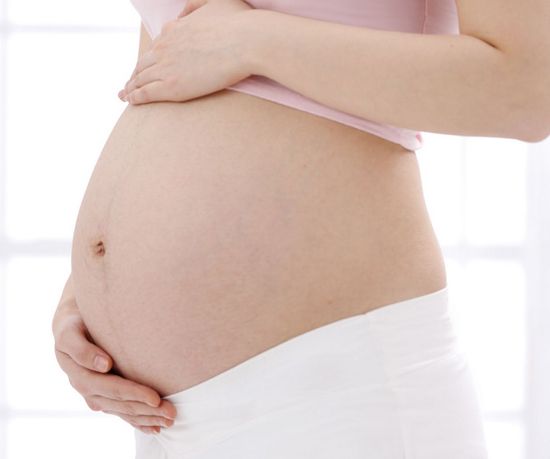Tubal reversal is a way of restoring fertility to a woman who has previously undergone a tubal ligation. It is also called tubal sterilization reversal or tubal ligation reversal.
Here the separate or severed segments of the fallopian tube are rejoined to permit a woman to become pregnant again or if she is experienced Post Tubal Ligation Syndrome or for religious and/or spiritual reasons.
The success rates of tubal reversal depend upon several factors such as:
- The kind of original procedure for tubal ligation that was used. If the original procedure removed only a very small part of the fallopian tube or was performed by using rings or clips these are more easily and successfully reversed than other procedures.
- If in the original procedure there was considerable damage to the reproductive organs involved, then success rate would be proportionately lower.
- The age of the woman is another factor that determines how successful or unsuccessful the tubal reversal will be. In general, the chances of women over the age of 40 are low and should be discussed.
On an average, the success rates of tubal reversals are anywhere between 20 to 70%.






